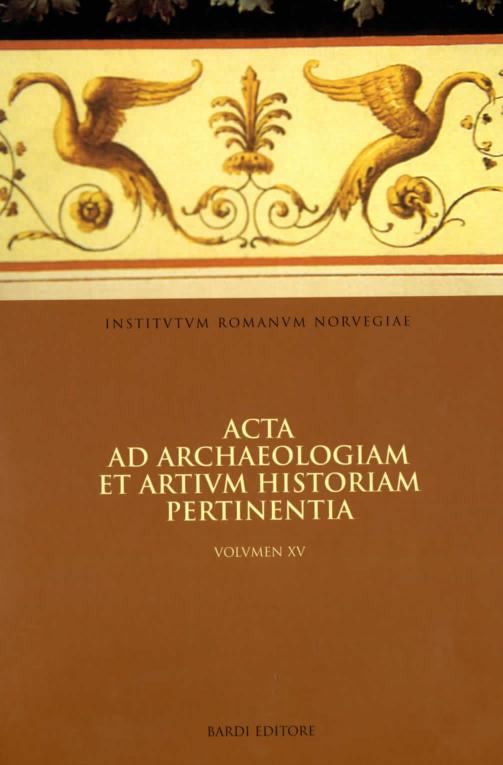Christian Emperors and Legacy of Imperial Art
DOI:
https://doi.org/10.5617/acta.5698Sammendrag
In the context of Imperial Art as Christian Art, a question of special interest is how Christian emperors handled the imperial legacy of their pagan predecessors. That the tradition of the saecula aurea was important at least for the first Christian emperor is shown by the Arch of Constantine. The extensive use of spolia became one of the characteristics of the architecture of Constantine and his followers. But this handling of the past is also a sign of its fragmentation and selection, and mirrors in some way the emperor’s policy: on the one hand they tried to protect the main temples and their statues as works of art and bearers of the glorious tradition of the empire, on the other hand, they took assertive actions against paganism. A critical comparison between imperial decrees, other texts of Late Antiquity and the archeological evidence shows the different genres of the artistic legacy between destruction as relics of paganism and integration into the Christian empire.
Hvordan referere
Utgave
Seksjon
Lisens

This work is licensed under a Creative Commons Attribution-NonCommercial 4.0 International License.
Authors who publish with this journal agree to the following terms:
- Authors retain copyright and grant the journal right of first publication with the work simultaneously licensed under a Creative Commons Attribution License that allows others to share the work with an acknowledgment of the work's authorship and initial publication in this journal.
- Authors are able to enter into separate, additional contractual arrangements for the non-exclusive distribution of the journal's published version of the work (e.g., post it to an institutional repository or publish it in a book), with an acknowledgement of its initial publication in this journal.
- Authors are permitted and encouraged to post their work online (e.g., in institutional repositories or on their website) prior to and during the submission process, as it can lead to productive exchanges, as well as earlier and greater citation of published work (See The Effect of Open Access).





